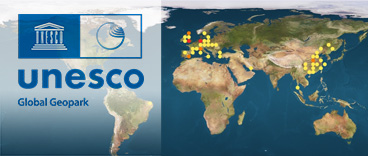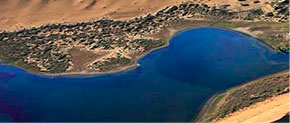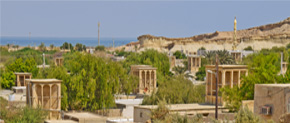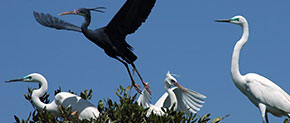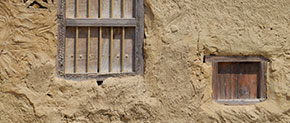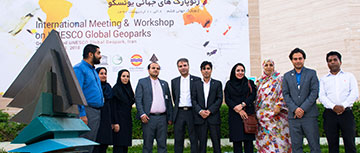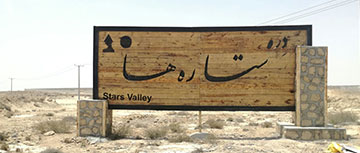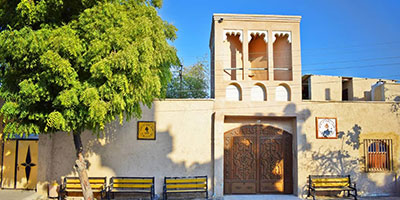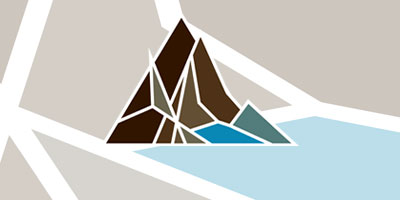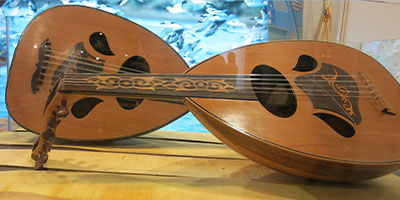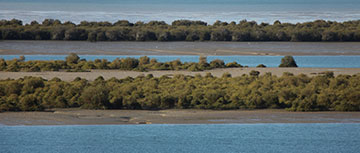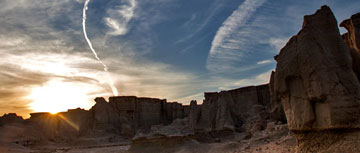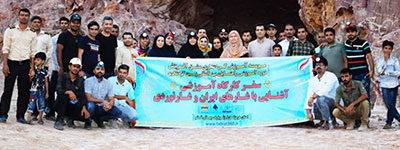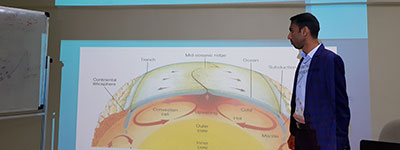Geological Heritage
Geological Heritage
Qeshm Island is a part of huge mountain range of Zagros which has been deformed and folded as the result of the last phase of Alpine orogeny in Plio-Pleistocene. The geological formations of this belt may belong to the Late Precambrian to Cambrian and include salt diapirs attributed to the Precambrian called Hormoz Series, which has been active till now with a trend toward the upper formations at the earth level. According to the majority of geologists, this region -from the point of view of tectonic- has been active from the Late Tertiary as the tectonic zone in the south part of the deformed forehead or the convergent belt (Mesopotamia and Persian Gulf region), as well as the margins of the compression and collision plates of Iranian- Arabic continent. World’s longest salt cave (6500m) is the most outstanding phenomena of the geopark occurred in the salt diapir of Namakdan (Cambrian). The main effective processes in Qeshm Qeshm is a very hot and arid area. All the geological formations are clearly exposed and are under pressure of different erosion parameters. Physical and chemical processes always change and form the surface of the island formations. There are numerous erosion forms and shapes all around the island; active tectonics is affecting the island as well. The majority of interesting and famous geosites in the Qeshm Island Geopark are the result of tectonic moves and erosion work out. Anticlines are the general phenomena in the Zagros Mountain Range, especially in the South of Iran. The role of anticlines in formation of the Qeshm Island phenomena is very important. The Namakdan Salt dome is exposed in the Salakh Anticline. Most of the major geosites are also located around the anticlines. There is an interesting age contrast in the formations of the island, while the oldest sedimentary formations dates back to 20 million years, in the Namakdan Salt Dome area there are formations aged 500 million. Variety of rocks and mineral are exposed in the island, mainly around the Namakdan Salt diapir namely: crystallized Dolomite, Limestone (different types), Gypsum, Halite, Anhydrite, Hematite, Oligist, Limonite, Rhyolite, Marl, Sandstone, Epidote, Tuff, Pyrite, Apatite, Shales,…


